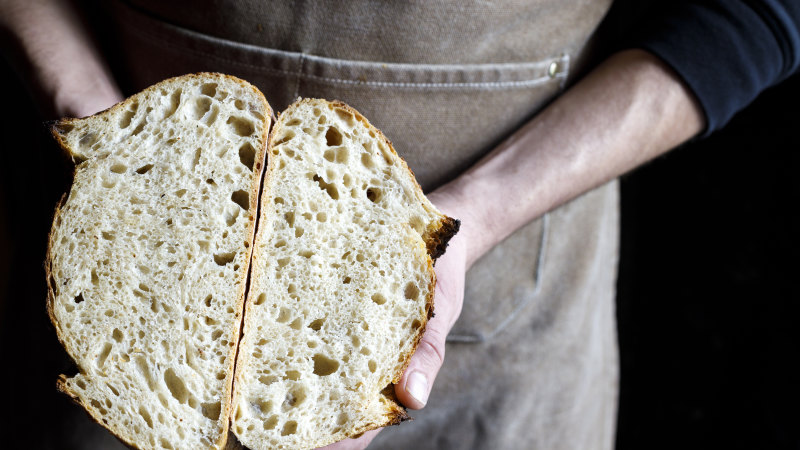According to the commonly used NOVA food classification system, ultra-processed foods are defined as “industrial formulations … containing five or more ingredients and artificial additives, with no wholefood components”.
The researchers who developed the system say an easy way to identify an ultra-processed product is to check if its list of ingredients contains at least one food substance never or rarely used in kitchens, (like hydrogenated or oils, and hydrolysed proteins), or additives designed to make the final product more appealing (such as flavours, flavour enhancers, colours, emulsifiers, emulsifying salts, sweeteners, thickeners, and anti-foaming, bulking, carbonating, foaming, gelling and glazing agents).
Research shows diets high in ultra-processed foods result in deterioration of the nutritional quality of the overall diet and increased obesity, hypertension, coronary and cerebrovascular diseases, metabolic syndrome, gastrointestinal disorders, and total and breast cancer. Ultra-processed foods have also, increasingly, been linked with poor mental health.
And ultra-processed foods can include our humble daily bread.
“Breads are considered ultra-processed when they are highly refined and mass-produced,” explain accredited practising dietitians and founders of The Biting Truth, Anna Debenham and Alex Parker. “The main breads that would fall under this category would be white breads that contain many unrecognisable ingredients.”
Traditional sourdough is a “highly technical” process that involves fermenting the dough for up to 72 hours. It is also made with nothing but flour, salt and water – certainly no baker’s yeast.
Not only does it result in the distinctive chewy, “sour” taste, prolonged sourdough fermentation can reduce FODMAPs (a type of naturally occurring sugars that can cause symptoms in people with IBS) by up to 90 per cent.
Loading
Other changes during fermentation include lowering glycaemic index and increased availability of some minerals, says Grafenauer. If we want real health benefits, she suggests choosing wholegrain sourdough, which improves post-meal blood sugars.
“I’d suggest looking past the claims and check the ingredient list if you really only want a true sourdough,” Grafenauer says, noting there is no regulation of sourdough in Australia, so manufacturers can call it what they like.
Sourdough or not, the type of flour is key to how healthy the bread is.
“Wholegrain bread of all types was higher in dietary fibre, higher in protein and lower in sodium,” Grafenauer says. “These are all really important nutritional features.”
Given that authentic sourdough is “far more expensive” than regular bread, she adds: “The best choice in bread is wholegrain (or wholemeal). For families under financial pressure, choosing a regular wholemeal bread is the best nutrition decision they can make when purchasing bread.”
When choosing a wholegrain or wholemeal bread, Debenham and Parker suggest checking that wholemeal flour is listed first in the ingredients list.
“Also look out for on pack claims such as ‘good source of whole grain’ or ‘high in whole grain’,” they say, adding that the top three supermarket breads they recommend are Baker’s Delight Cape Seed Loaf, Abbotts Bakery Farmhouse Wholemeal and Burgen Wholemeal & Seeds.
“[Breads] made with the entire grain kernel, including the bran, germ, and endosperm provide more fibre, vitamins, and minerals than refined flour.”
Make the most of your health, relationships, fitness and nutrition with our Live Well newsletter. Get it in your inbox every Monday.
Stay connected with us on social media platform for instant update click here to join our Twitter, & Facebook
We are now on Telegram. Click here to join our channel (@TechiUpdate) and stay updated with the latest Technology headlines.
For all the latest Life Style News Click Here
For the latest news and updates, follow us on Google News.

